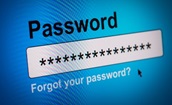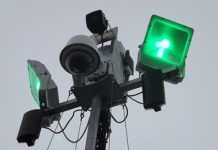Over half of consumers (56 percent) are worried that the shift to biometrics to authenticate online payments will dramatically increase the amount of identity fraud, according to new research conducted by Paysafe, a leading global payments provider. The research found that four fifths (81 percent) of consumers still favour passwords for making payments online due to concerns about the security of new biometric options.
According to the data, two thirds (66 percent) of consumers worry about being able to pay for goods or services without being asked for a password, and only 37 percent believe that biometrics are more secure than other authentication methods.
The report, ‘Lost in Transaction: The end of risk?’, explores consumer attitudes to biometrics prior to the roll-out of ‘Strong Customer Authentication’ later this year. The annual study tracks changing views on payments across the UK, US, Canada, Germany and Austria, and this year includes Bulgaria for the first time.
Those consumers who didn’t feel comfortable using biometrics identified a lack of trust as their primary reason for avoiding them. The research also revealed further fears around the use of biometrics:
• Nearly half (45 percent) stated they did not want companies having access to their personal biometric details
• 35 percent did not know enough about biometrics to trust it
• Nearly a third (31 percent) were concerned that their fingerprint could easily be cloned and used to commit fraud
• 28 percent said biometrics did not seem safe
Despite the worries over biometric transactions, adoption continues to grow with more than half (54 percent) of British consumers having used biometrics to make a payment. Nearly two thirds (61 percent) of consumers also agree that using biometrics is a much quicker and efficient way of paying for goods and services. When asked what biometrics they had used, fingerprint technology was the most commonly used biometric (38 percent) followed by one in six (17 percent) having used facial recognition and one in ten (11 percent) having used voice-activated technologies.








